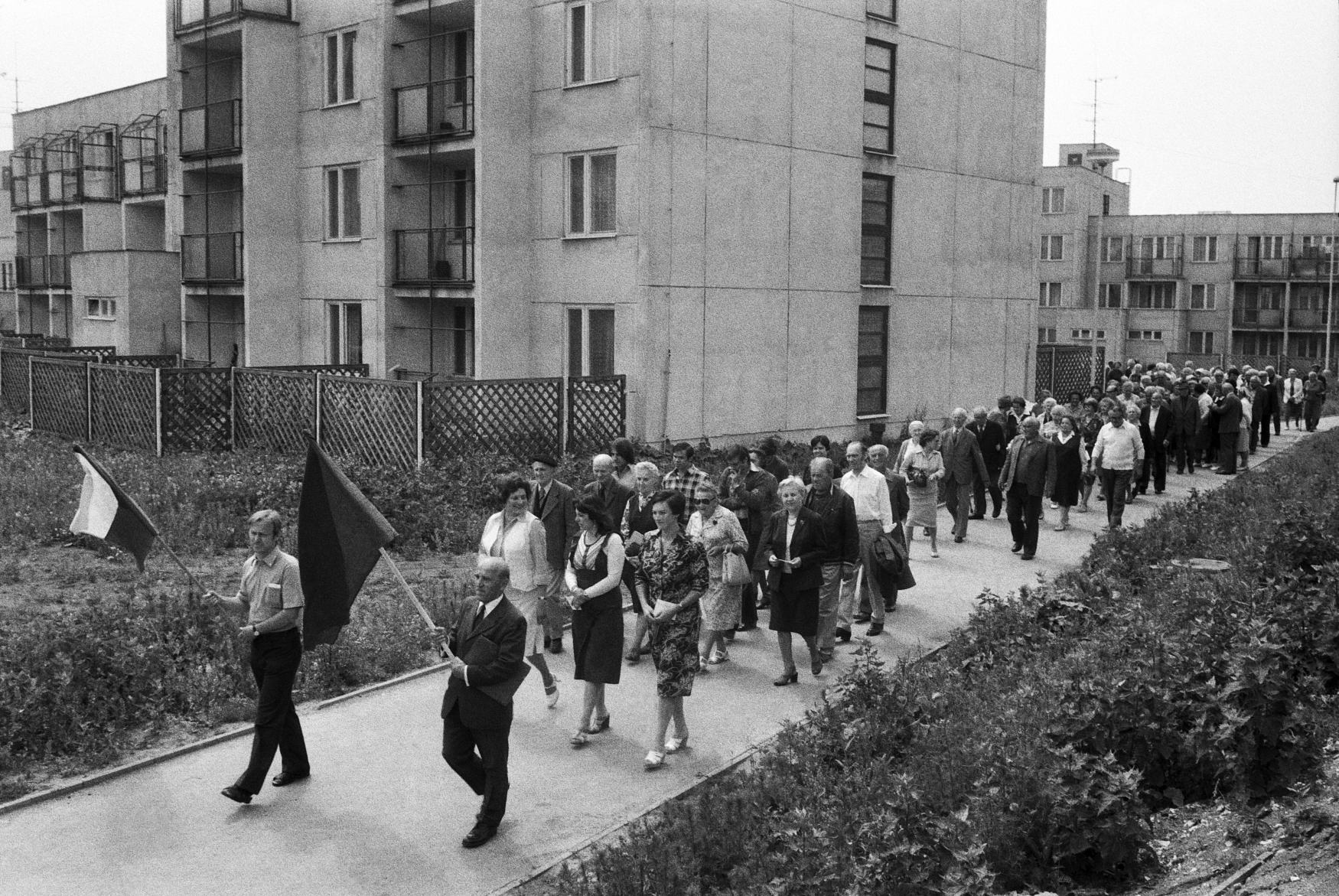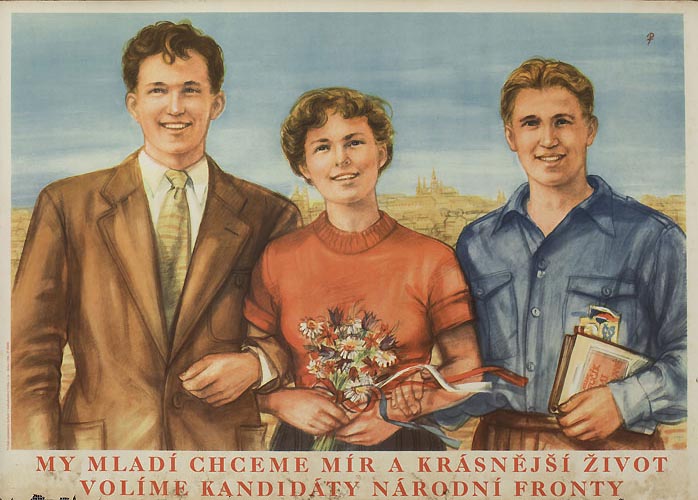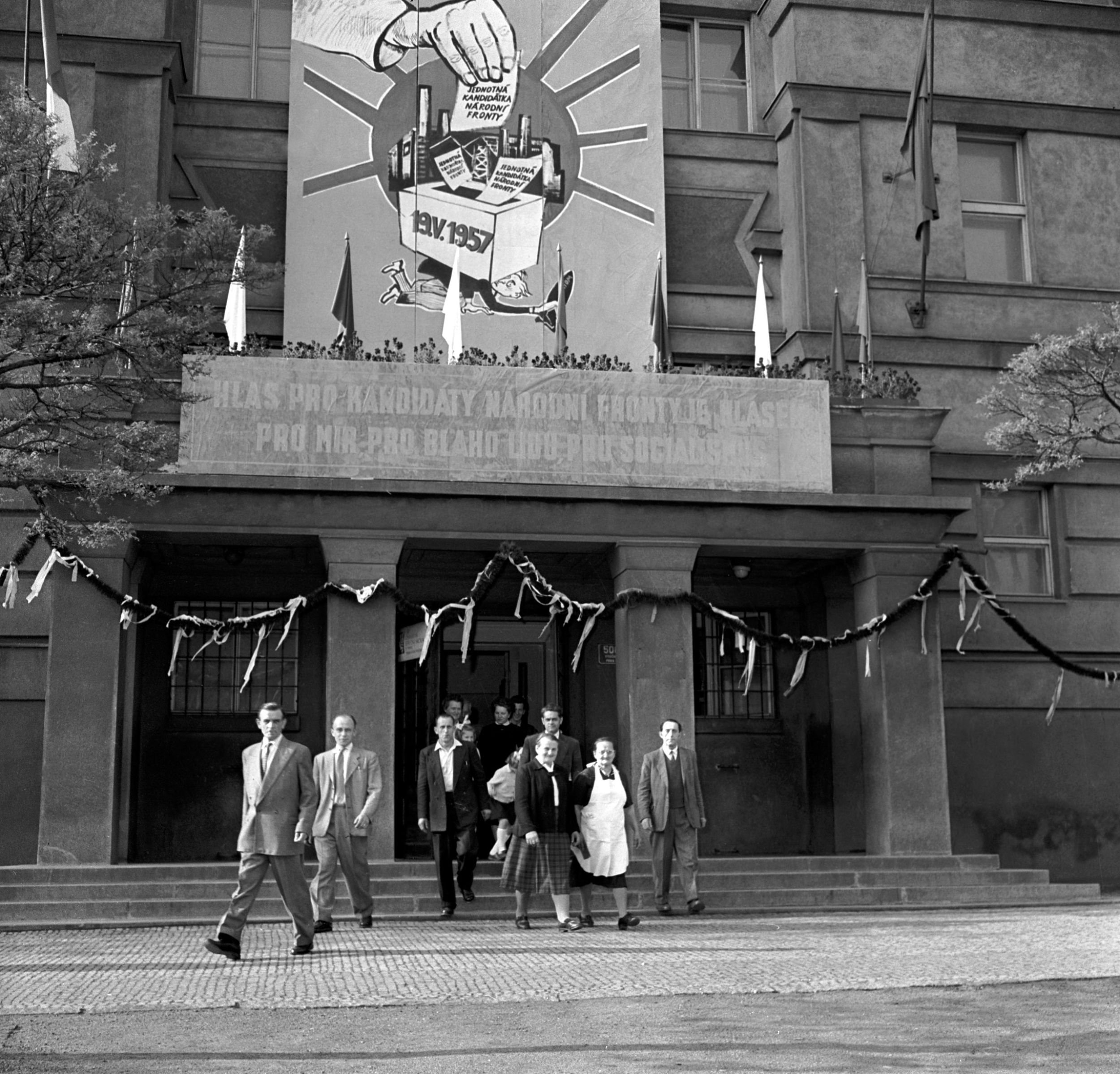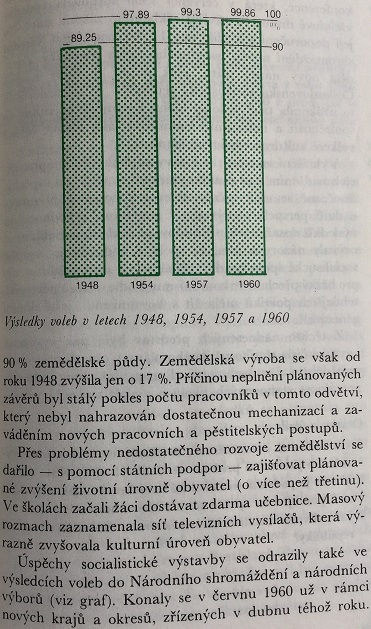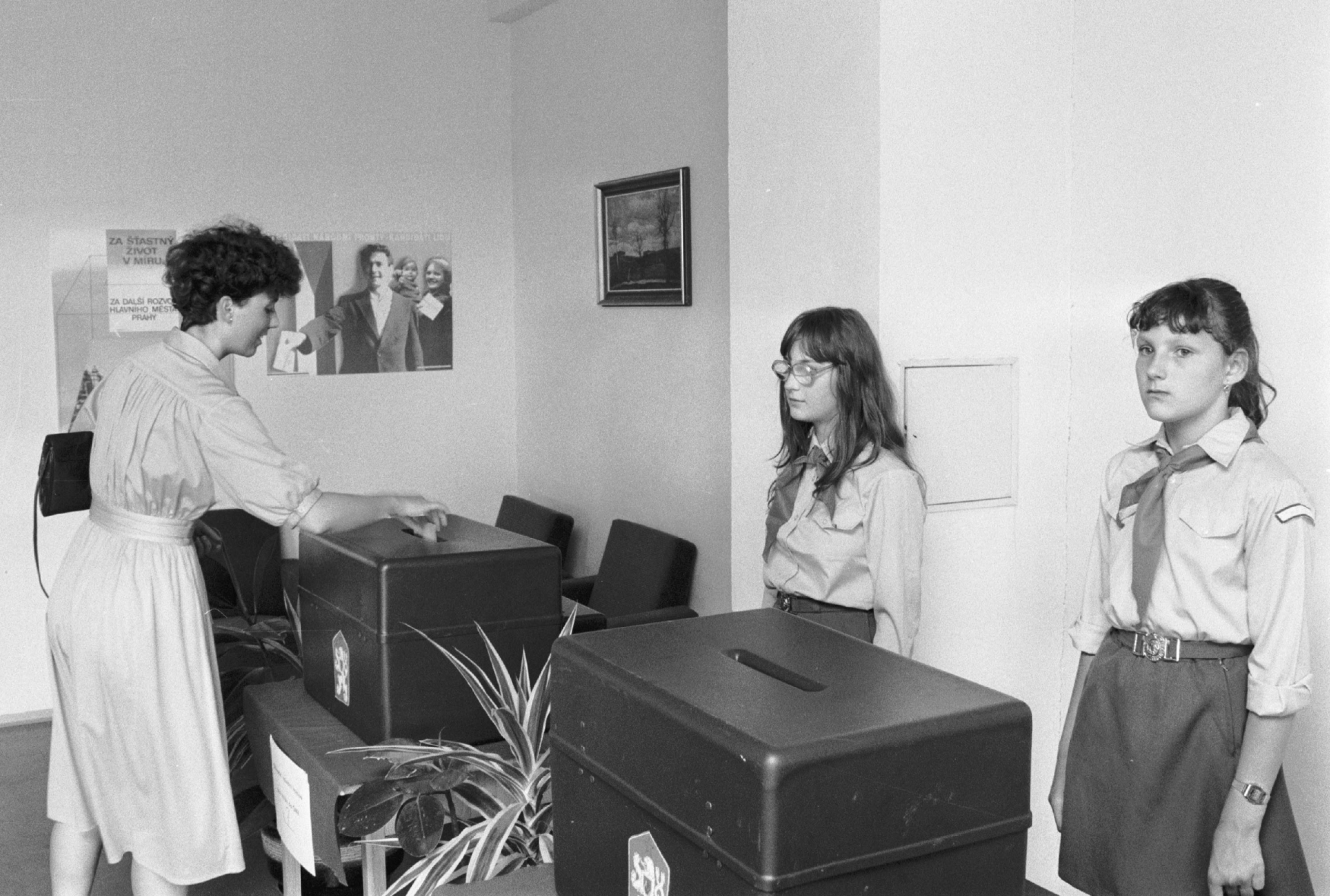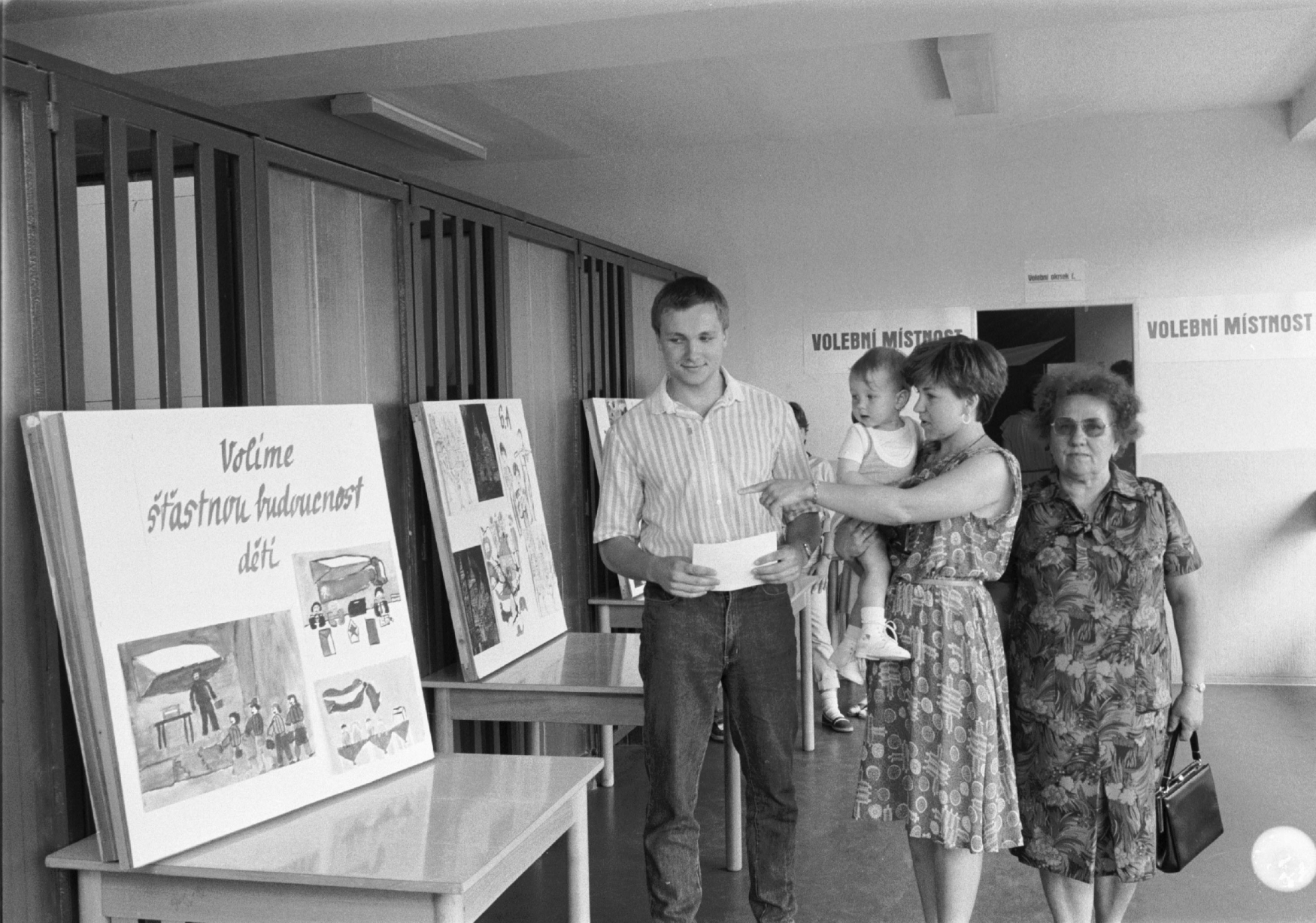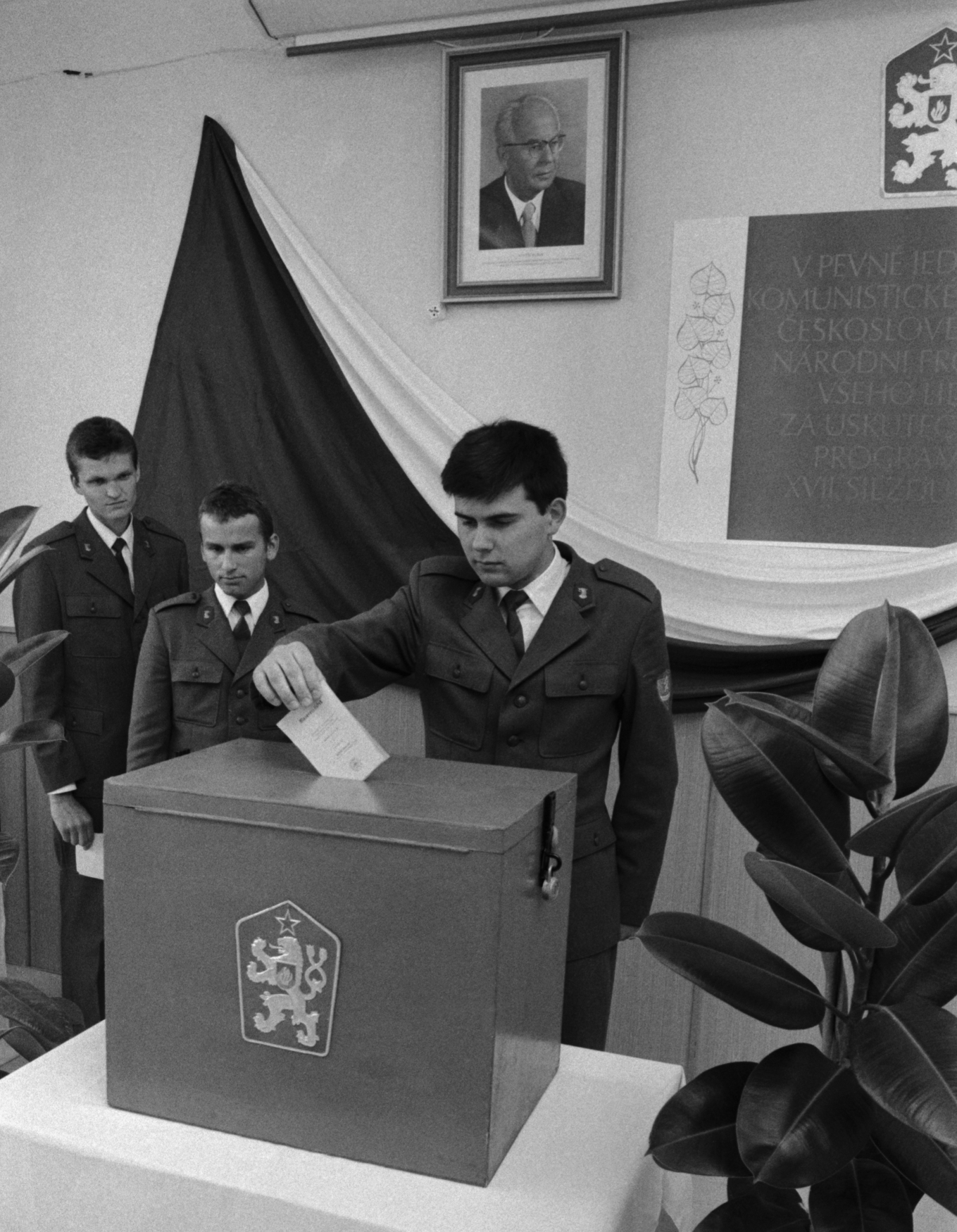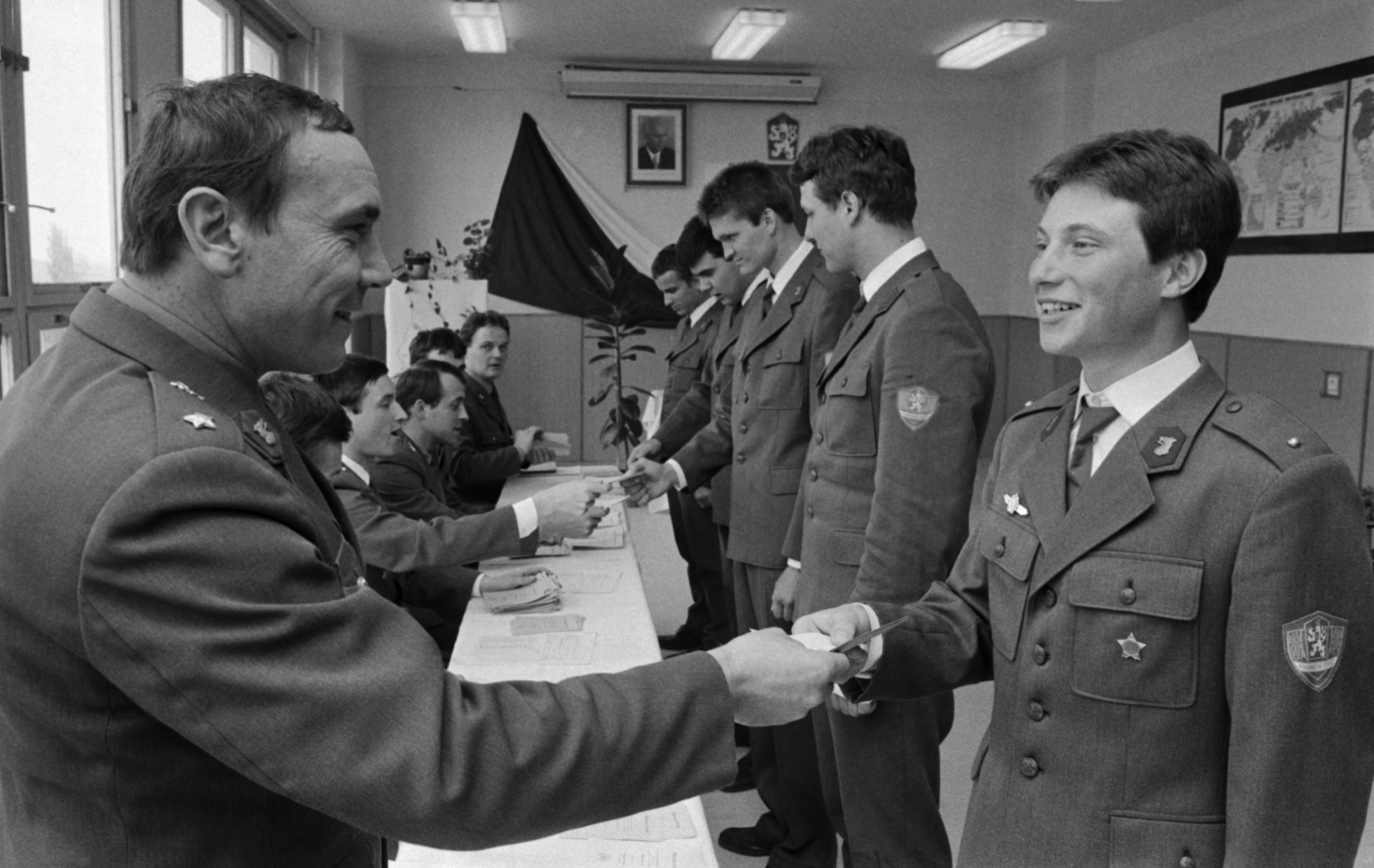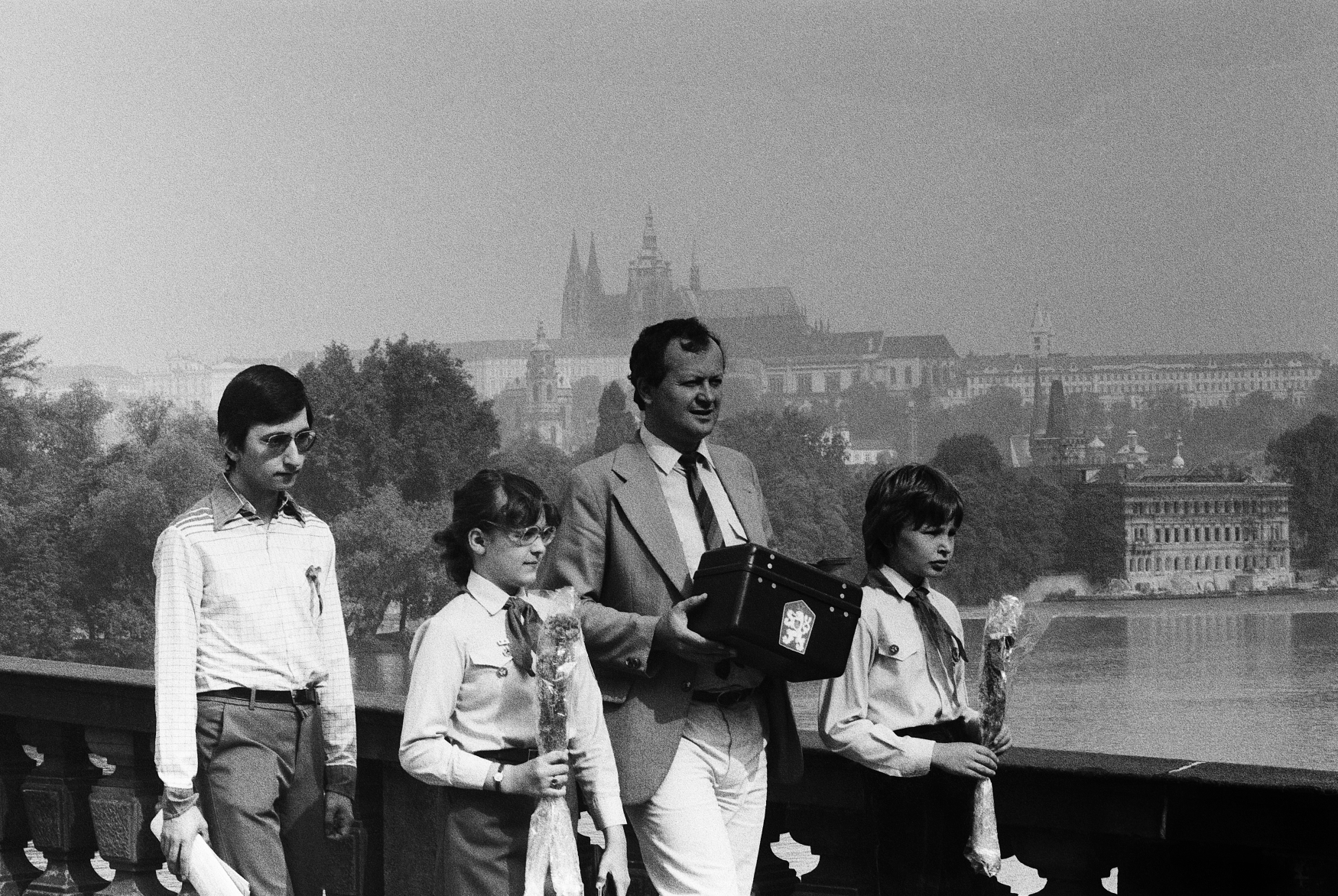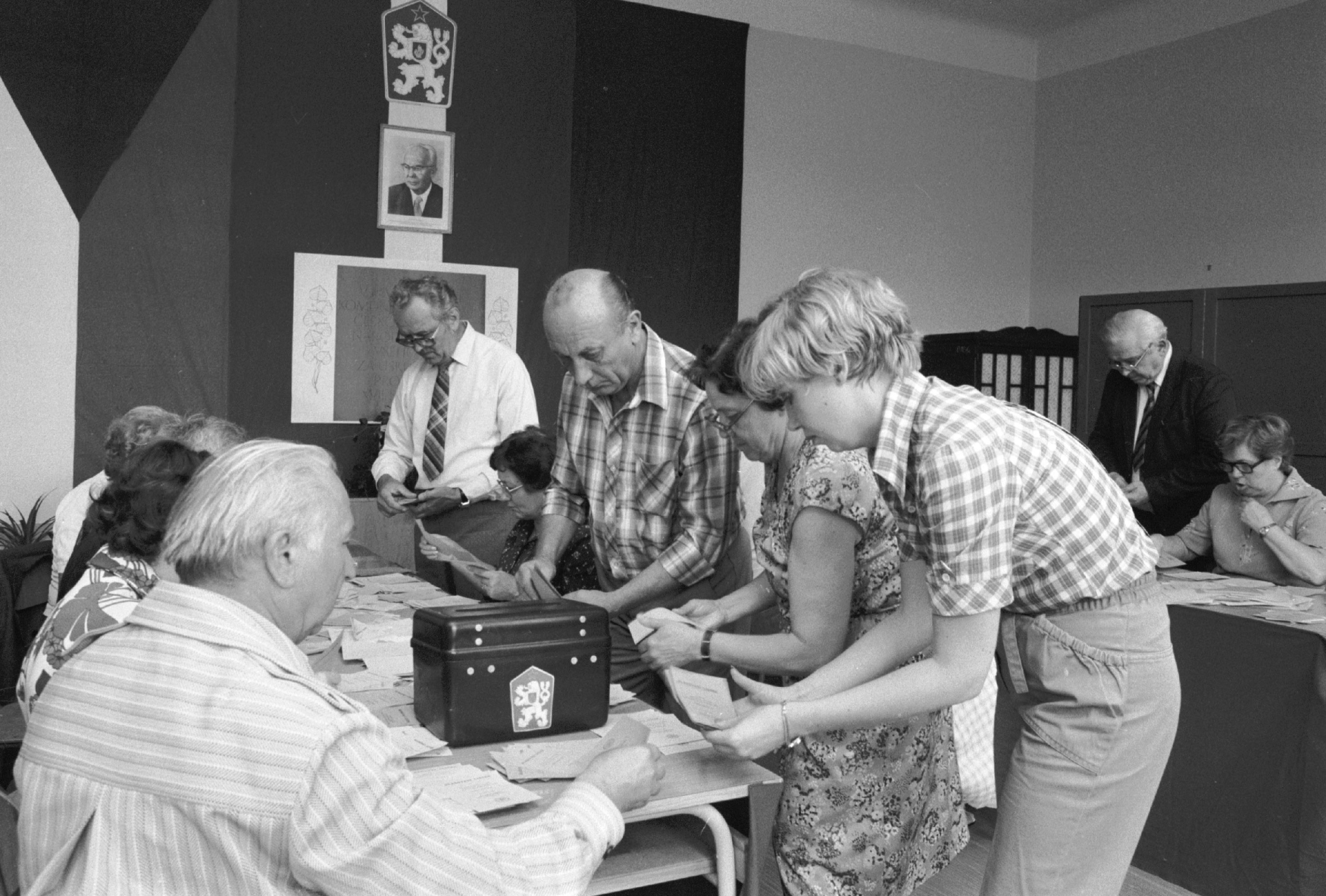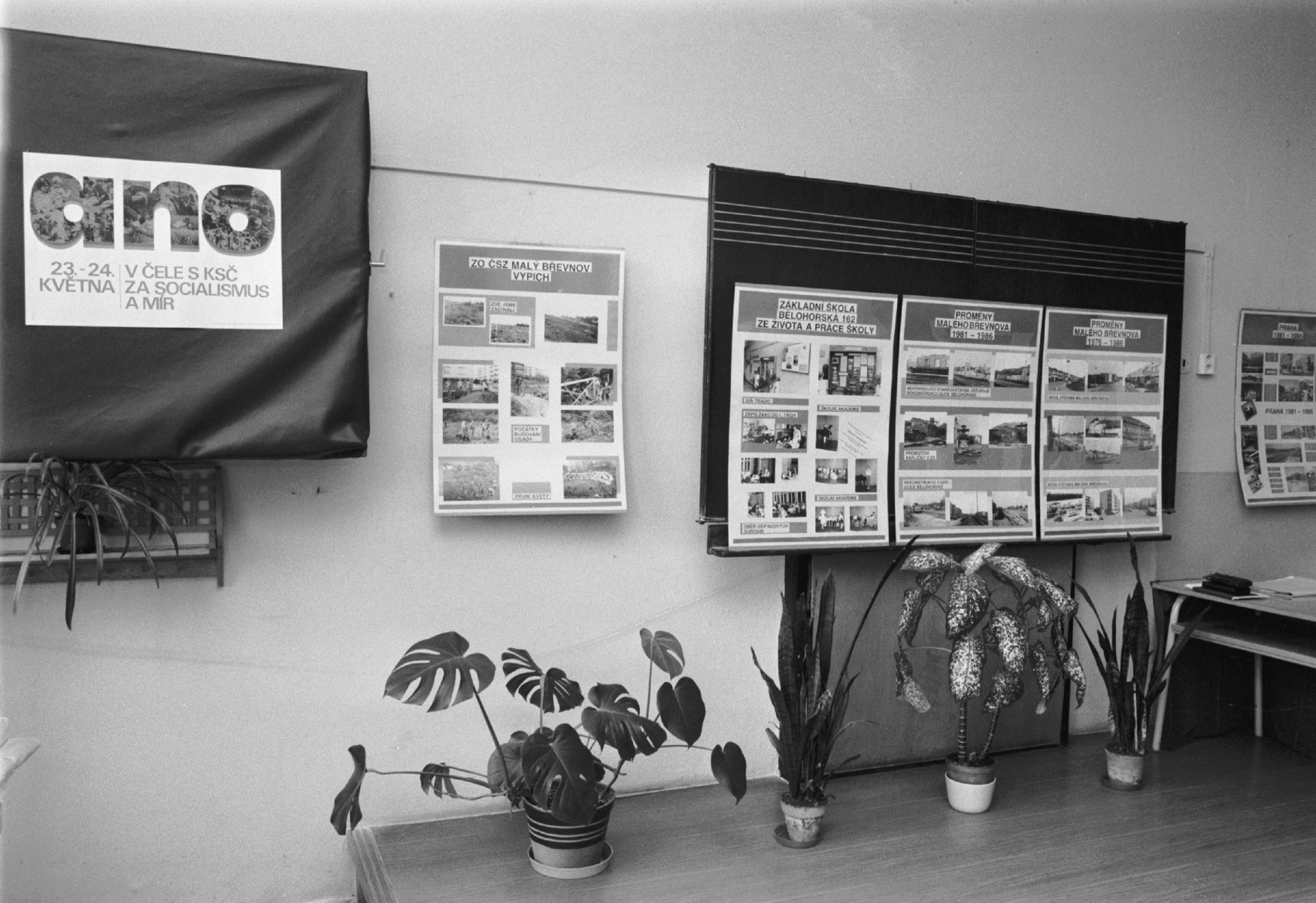Elections
Čeněk Pýcha, Josef Řídký, Václav Sixta, Ilana Hartikainen (Institute for the Study of Totalitarian Regimes)
Duration: 45 min.
Pedagogic aims:
- Students will compare and analyse different pictures and forms of elections in the state socialism period.
- Students will learn that elections could be misused as an instrument of propaganda.
- Students will be able to identify and characterise the nature of elections under socialism.
This lesson explores the subject of elections under state socialism in a complex manner. The impossibility of how elections in the political sphere — in terms of elections themselves or due to that fact that the Communist Party’s leading role was enshrined in the Constitution — restricted the freedom of citizens is one of the defining characteristics of the previous regime. This is true regardless of how we ultimately describe it: totalitarian, post-totalitarian, repressive, a party dictatorship, etc. For students approaching voting age in particular, it may be interesting to compare how they will vote with how their parents and grandparents once voted. Despite outward similarities when it comes to the act of voting (flags, state symbols, school polling stations, etc.), above all, students should grasp the fact that elections were essentially not elections at all, as it was only possible to vote for a unified National Front candidate list. This was, is in fact, nothing more than another name for the Communist Party’s candidate list. Historically, the name was created during the war to refer to a joint candidate list of all parties, who in this way displayed national unity. The Communist Party was also part of the National Front. For historical reasons, the party entered the elections under that name; people were not only meant to vote for the Communists, but instead for a nationwide candidate list of all groupings.
The central aim of the lesson is to discuss the issue of what purpose these elections actually served. The act of voting was an obligatory display of citizens’ loyalty to the governing regime. The key to this answer lies primarily in uncovering the performative aspect of elections. Therefore, we have based the lesson mainly on materials from different periods; they point to the social exhortation that was connected to elections (imploring election posters from the 1950s) or to elections as a societal ritual (photographic materials and contemporary film footage).
Analysing materials linked to elections should lead to an increase in students’ media literacy skills, therefore helping to prepare them for their entry into civic life (i.e., their own participation in elections). Discussing the distorted nature of socialist-era elections may also lead to a reinforcement of the fundamental ideas about the democratic principles linked to elections.

